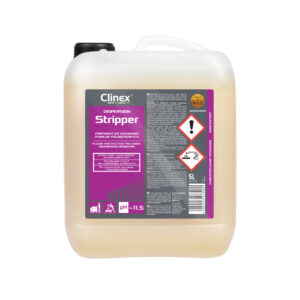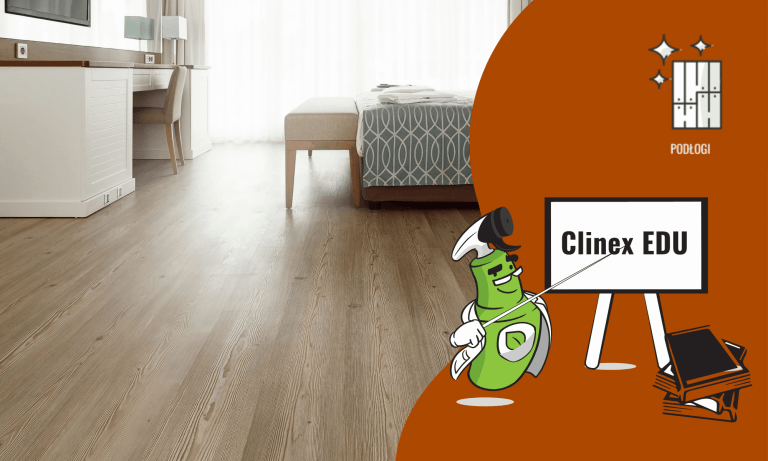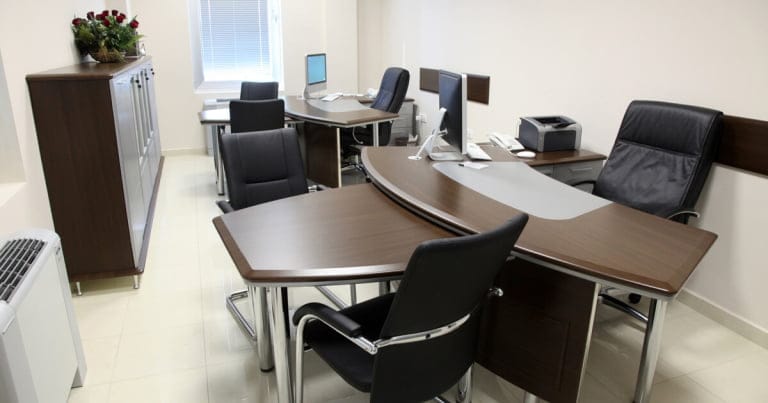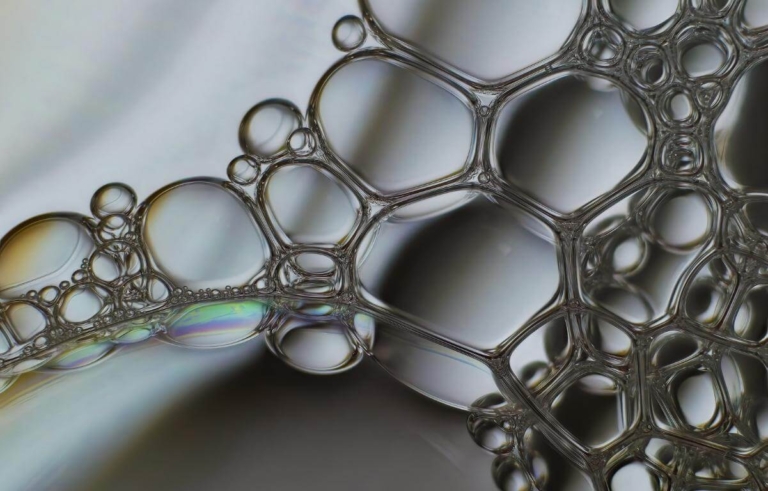Floor stripping refreshes and protects floor surfaces. Thanks to this treatment, floors maintain an aesthetic appearance and high hygiene standards, which is important in places with high traffic. How to perform floor stripping?
What is floor stripping?
What is stripping? In the professional cleaning industry, stripping has two meanings. On the one hand, it is deep cleaning, on the other hand, it is about removing old layers of polymer coatings .
Stripping is an important process in the cleaning industry and involves the use of professional chemical products and specialist cleaning equipment. It is necessary before the polymerization process of the floors begins.
Stripping Process – Removing Old Polymer Coatings
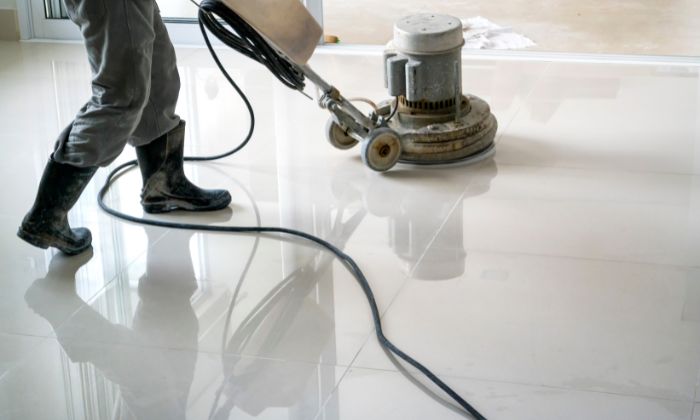
For floor stripping, specialist chemicals are used, designed for thorough cleaning and removal of old polymer coating layers from the surface.
When to strip floors? Stripping is particularly important for floors that require refreshing and preparation for further care, renovation and the application of completely new polymer coatings.
What does floor stripping do? It helps protect your floors and make everyday cleaning easier.
New protective coatings mean better cleanliness and hygiene
Any applied protective coating, regardless of its properties, is destroyed depending on the intensity of traffic and the type of substances it comes into contact with.
Old protective layers can accumulate dirt, bacteria and other microorganisms. This can pose a health risk to users and lower the specified standards of cleanliness and hygiene. What’s more, old protective coatings can look unsightly. Removing old coatings in the process of floor stripping allows for a thorough cleaning of the surface and restoration of its original appearance.
Techniques and chemicals used during stripping
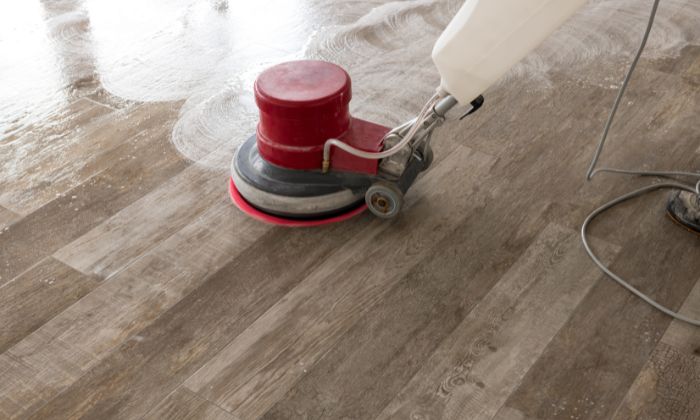
Before you start removing old protective coatings, you should first of all thoroughly vacuum and remove dirt from the surface. It is unacceptable to skip this step. Why is it so important? If the floor is not thoroughly cleaned, the surface may be scratched during the following steps.
How to remove old polymer coatings? The key is to combine a reliable stripper , such as the Clinex Dispersion Stripper , with the mechanical capabilities of a single-disc scrubber. This allows for complete and quick removal of old protective coatings.
Neutralization of the floor after removing the coatings
The removal of old protective coatings alone does not end the stippling process. After cleaning and vacuuming up the dirt associated with removing the coatings, the surface must be neutralized.
What is floor neutralization? It involves the complete removal of the chemical from the surface. How to do it? The best way to do this is to use water. You need to wash the floor with a large amount of clean water. When do you know that the floor is neutral? The answer is a neutral pH of the floor. If you can’t achieve it, you need to repeat the washing process.
After the neutralization process, the floor must dry. This is very important. Otherwise, the protective filter may not be durable enough.
Learn more about the pH scale when cleaning .
Accurate distribution of the preparation
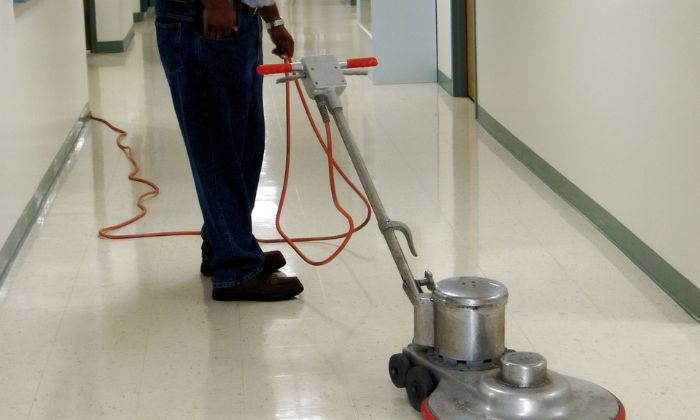
The next step is to thoroughly spread the preparation on the floor using a special mop and wait until it dries completely. After drying – depending on the needs, you can start applying subsequent layers that will protect and shine the floor even more effectively.
Baking polymers
After 24 hours, you can use a high-speed polisher to bake the polymer. What does baking polymers do? First of all, it guarantees the polymer hardens, which extends its durability. In addition, we get a mirror shine.
Summary
Stripping is an essential process in professional cleaning, designed to remove old layers of wax and protective coatings from surfaces. This process is particularly important in high-traffic areas. Regular stripping helps keep surfaces in perfect technical and aesthetic condition, which affects user satisfaction and long-term savings for property owners.
See also:

